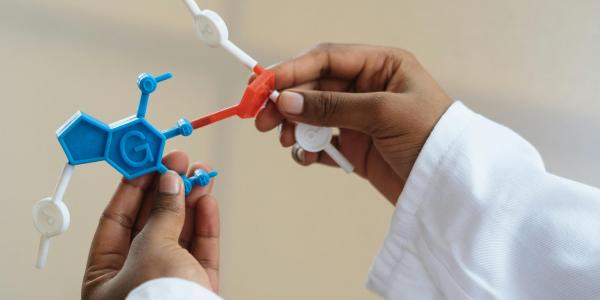
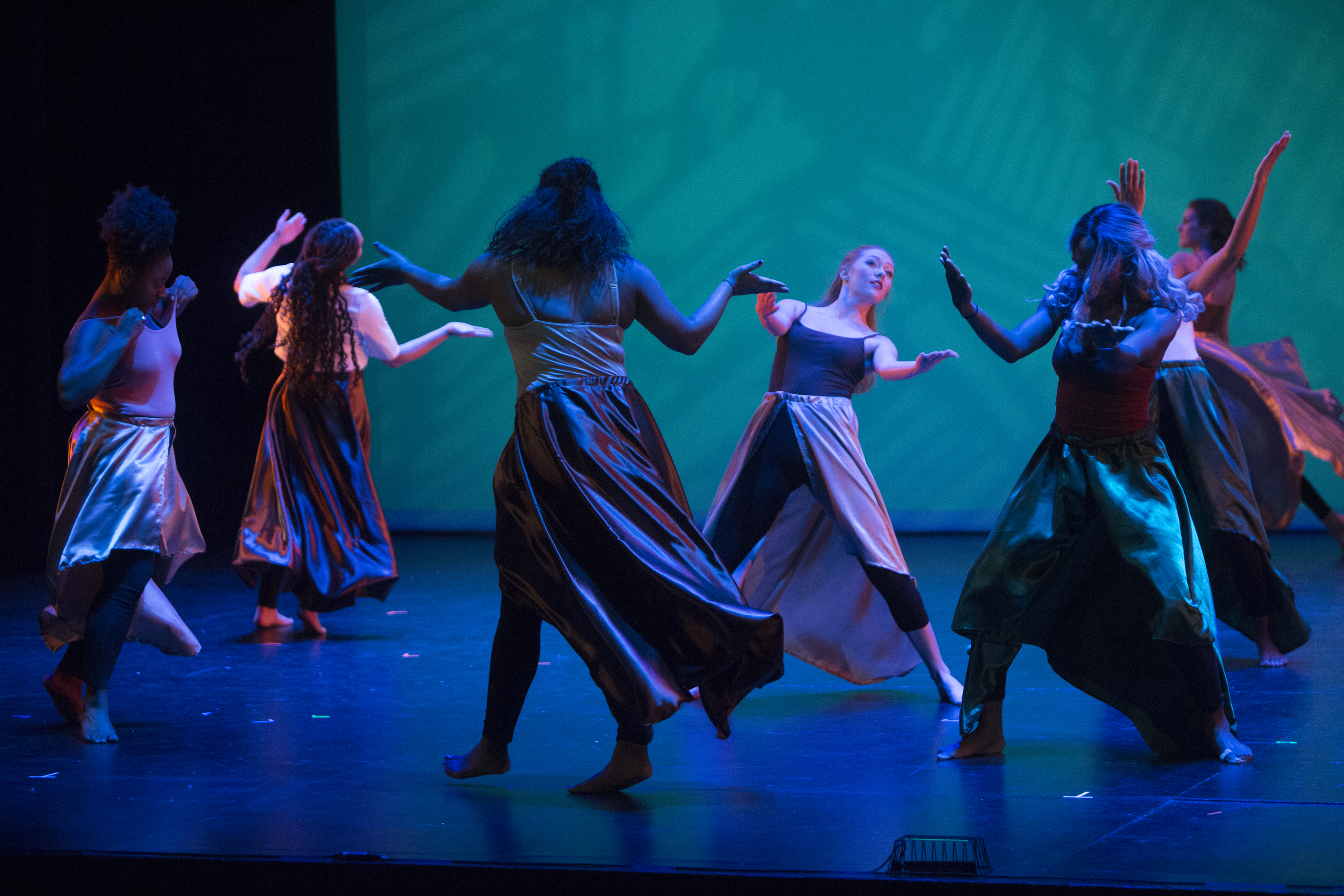
the ampersand
The latest news and updates from Arts & Sciences


Robert Wexler tests chemistry at the computer

Raven Maragh-Lloyd puts digital culture under the microscope
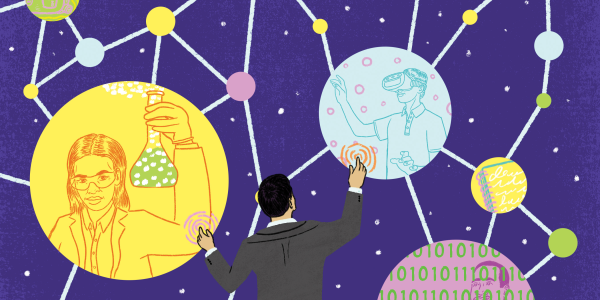
The research lab of the future: How WashU faculty are transforming their fields of study
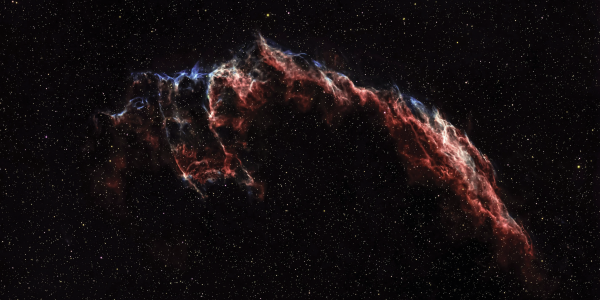
McDonnell Center for the Space Sciences celebrates 50 years of science and exploration

Elijah Darden blends his passions for music and science
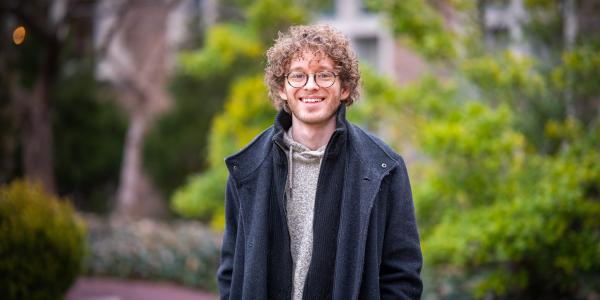
Graduate student Matthew Moore shares his personal take on public scholarship
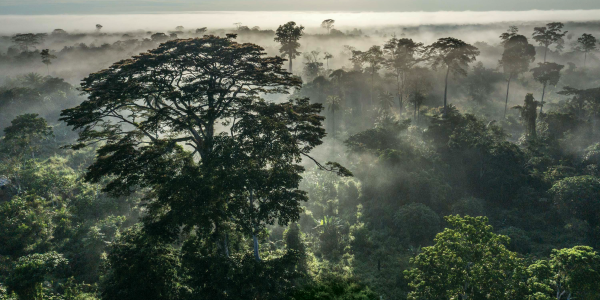
Global biodiversity begins at home with the Living Earth Collaborative

How an AFAS alumna is improving birth outcomes for all

Betsy Sinclair installed as the Thomas F. Eagleton University Professor of Public Affairs and Political Science
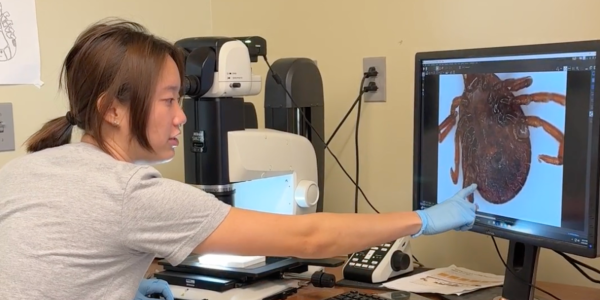
Meet the undergrad who discovered St. Louis County’s first longhorned tick
